The International Union for Conservation of Nature (IUCN) has just published a new red list of animals threatened with extinction.
It shows that poaching and deforestation have put the African forest elephant in "critical" danger of extinction, with the population of the pachyderm falling by 86 per cent in 30 years. As the new symbol of biodiversity decline, the African forest elephant, known scientifically as Loxodonta cyclotis, is now the most noticeable group among 37,480 threatened species listed by the global NGO.
Before this recent update, African elephants were treated as a single species, listed as Vulnerable; this is the first time the two species have been assessed separately for the IUCN Red List, following the emergence of new genetic evidence.
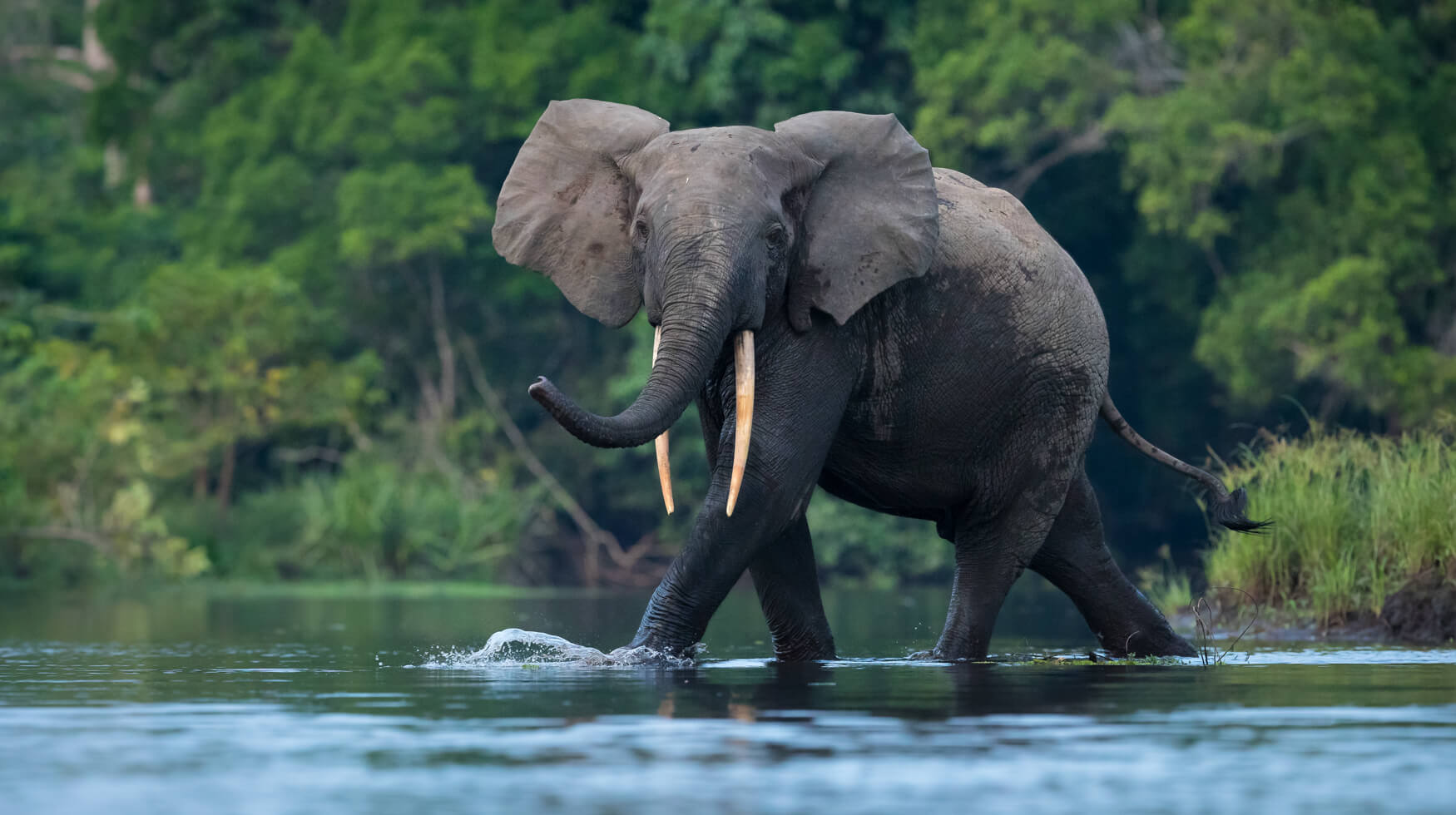
The largest land mammal has been classified as critically endangered in the Red List of Threatened Animals dated March 25 2021.
The forest elephant, which is smaller than its savannah cousin and lives mainly in the forests of Central Africa (particularly Gabon and Congo) as well as West Africa, has seen its population fall rapidly in three decades, to earn the tag of being “critically endangered.”
“This classification should serve as a warning that if we don’t reverse the trend, we have a good chance of seeing these animals become extinct,” warns Benson Okita-Ouma of the NGO Save the Elephants and co-chair of the IUCN African Elephant specialist group.
The IUCN says the drastic decline in the population of both African elephant species stems from intensive poaching and the destruction of their habitat through urbanisation and the conversion of forests into farmland. Furthermore, the coronavirus pandemic is having a negative impact on efforts to protect biodiversity as it deprives countries of ecotourism revenues partially financing the protection of nature reserves, it asserts.
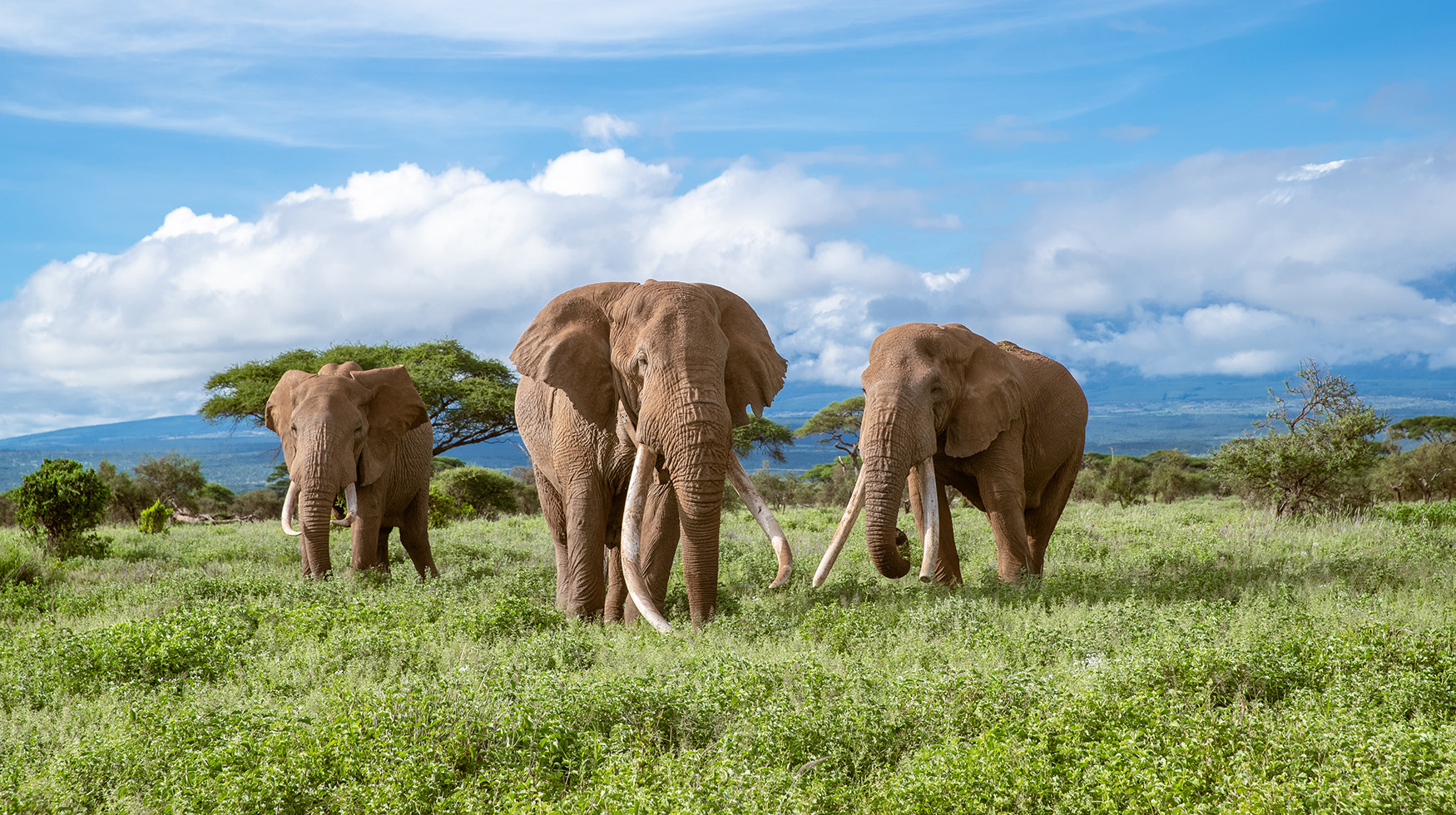
In November 2019, another global NGO was already sounding the alarm about the rapid decline in the African elephant population. “An elephant dies in Africa every 25 minutes, killed for its ivory tusks,” declared the World Wildlife Fund (WWF), alarmed that if nothing is done, the species would disappear by 2040 due to poaching gone wild.
Rampant poaching has resulted from a steady increase in the price of ivory, magnified tenfold from 2004 to 2018. With its central geographical position and colonial history, Belgium is the hub for illegal ivory trafficking in Europe, the NGO noted.
From 2007 to 2016, Belgian customs officers seized 3,616 ivory products, mostly at the Brussels airport and destined for China, where 79 tonnes of ivory has been seized since 2000, which implies a total of 10,800 elephants killed, experts observed
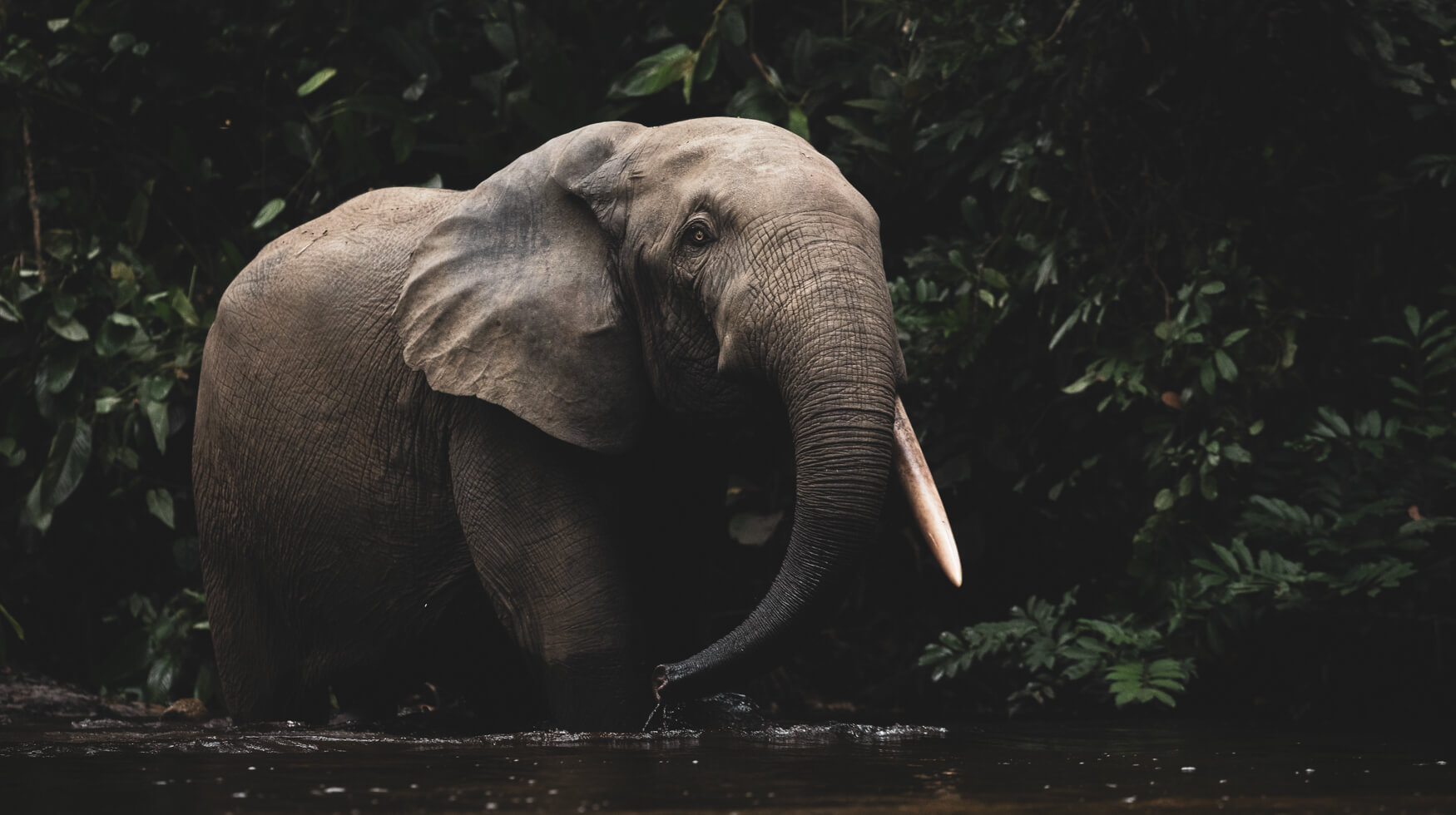
The decision to treat African forest and savanna elephants as separate species is the result of the consensus that has emerged among experts following new research into the genetics of elephant populations. Forest elephants occur in the tropical forests of Central Africa and in a range of habitats in West Africa. They rarely overlap with the range of the savanna elephant, which prefers open country and is found in a variety of habitats in Sub-Saharan Africa including grasslands and deserts. The forest elephant, which has a more restricted natural distribution, is thought to occupy only a quarter of its historic range today, with the largest remaining populations found in Gabon and the Republic of the Congo.
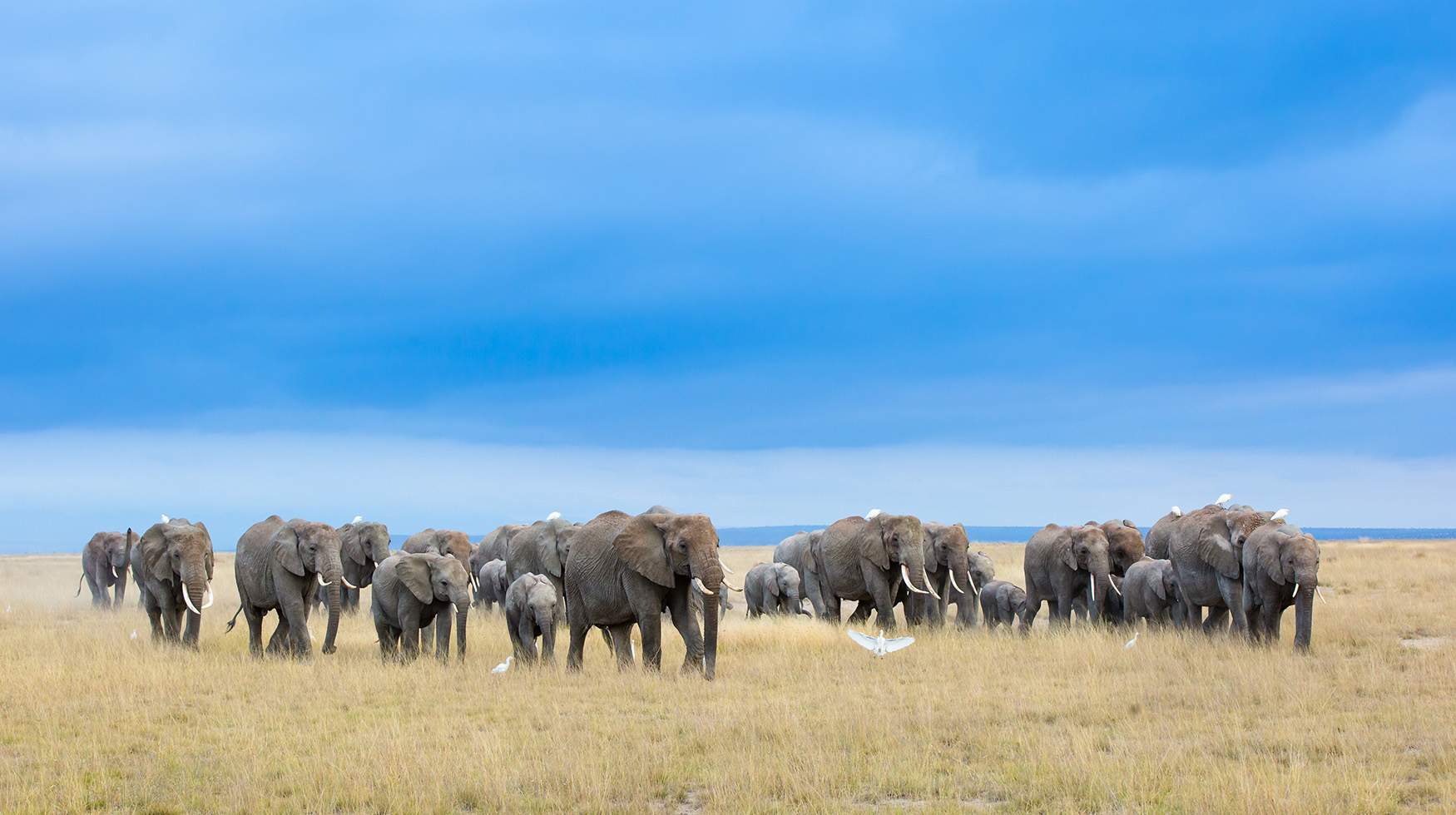
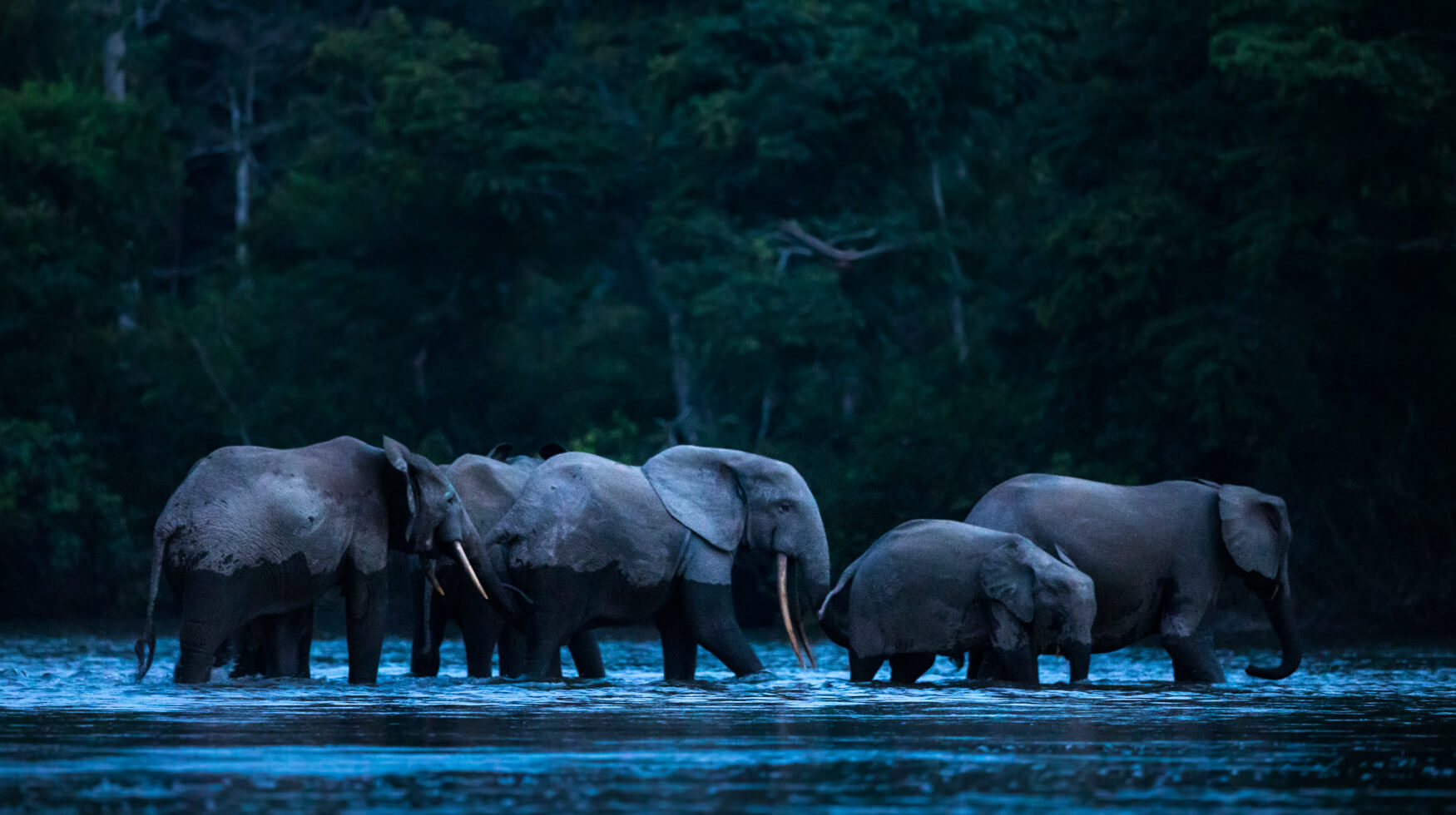
“For these assessments, a team of six assessors used data from as far back as the 1960s and a fully data-driven modelling approach to consolidate the decades-long efforts of many survey teams for the first time. The results quantify the dramatic extent of the decline of these ecologically important animals. With persistent demand for ivory and escalating human pressures on Africa’s wild lands, concern for Africa’s elephants is high, and the need to creatively conserve and wisely manage these animals and their habitats is more acute than ever,” said Dr Kathleen Gobush, lead assessor of the African elephants and member of the IUCN SSC African Elephant Specialist Group.
See and Photograph The Critically Endangered African Forest Elephant
Now listed as being critically endangered you'd be right in assuming that seeing and photographing the shy and reclusive Forest Elephant may present a bit of a challenge. Given their distribution across central and West Africa we have found the best opportunities to see and photography these giants of the forest exist in the Republic of The Congo and in Gabon.
The Odzala Expedition
Venture into the heart of the mighty Congo Forest on this incredible Wild Eye expedition. The Congo Basin is at the core of Africa and one of the most significant natural resources on our planet. It holds a significant population of Western Lowland Gorilla and Forest Elephant as well as a plethora of other species. The exciting & unique adventure will allow you to discover the heart of Africa.
The Gabon Expedition
One of the most exciting destinations in Africa, and one of the least known which provides the opportunity to witness and photograph completely unique and seldom documented scenes. A labyrinth of unique landscapes and wildlife await visitors to this area. An expedition like none other and an experience yet to be seen by the world at large.
See and Photograph The Endangered African Savanna Elephant
Now listed as endangered, one may argue that no visit to Africa is complete without a sighting of these gentle giants. Their relatively widespread distribution and concentration in key conservation areas across Africa may well provide a false sense that their numbers are thriving but, as the recent re-classification shows, they are indeed under threat.
There are several areas and regions where one can photograph these animals but Amboseli, Mana Pools and Hwange have to feature as our favourite destinations to spend time in the presence of these majestic creatures.
The Amboseli and Masai Mara Safari
The Amboseli and Masai Mara Safari combines two of Kenya's most iconic parks in the form of Amboseli and the Masai Mara, a feast for the senses & a great opportunity to see and photograph Savanna Elephants.
The Mana Pools & Hwange Safari
Zimbabwe is home to one of Africa’s most incredible, life changing safari experiences. Explore the enchanted Mana Pools forest, found on the southern floodplains of the lower Zambezi. Marvel at the high number of elephants that congregate during the dry season in the country’s largest park, Hwange. Spend a few days simply waiting and watching as animals venture in for a drink at Kanga Pan. This safari promises to change your life.
